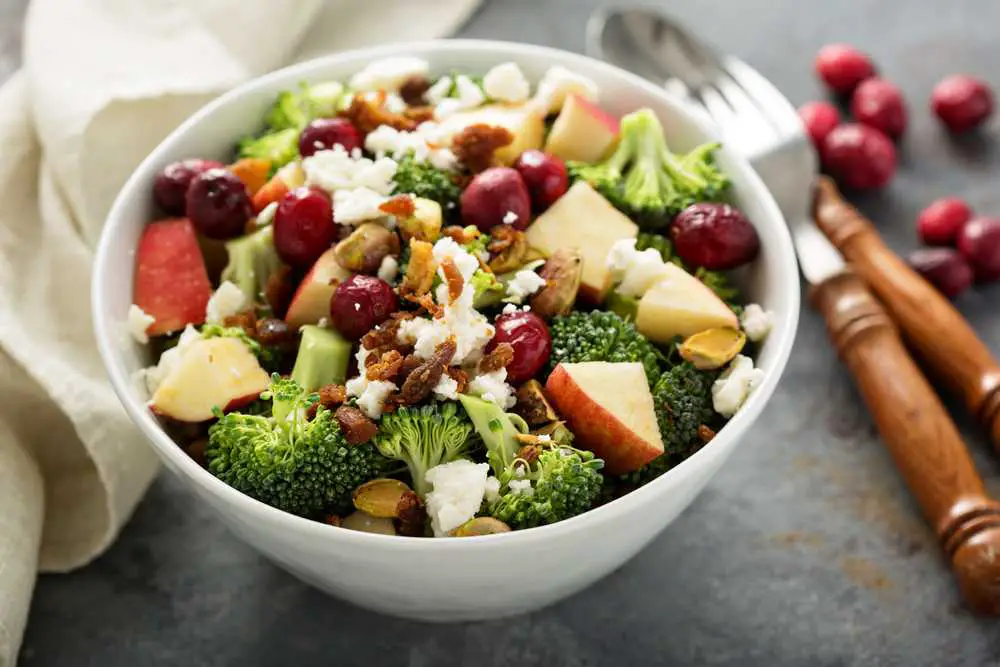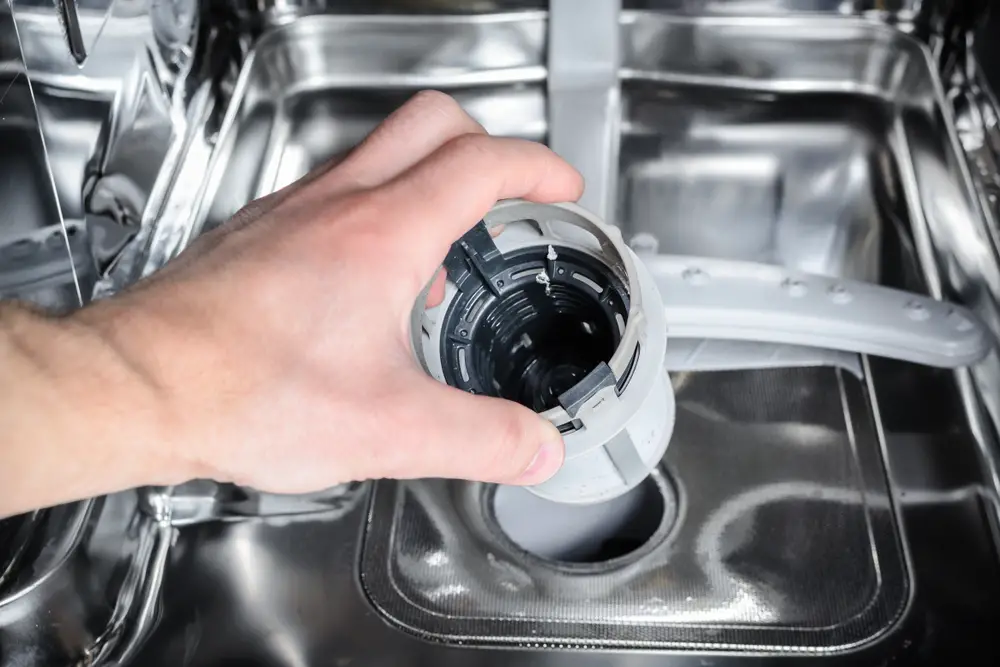Ramen, the beloved Japanese noodle dish, has evolved from a humble street food to a global culinary phenomenon.
With its rich broths, chewy noodles, and endless topping possibilities, ramen offers something for everyone. Whether you’re a seasoned cook or a kitchen novice, this article will guide you through the world of ramen recipes, from classic styles to creative modern variations. By the end, you’ll have the tools to craft a bowl of ramen that’s uniquely yours.
A Brief History of Ramen
Ramen’s origins trace back to China, where wheat noodles were first introduced to Japan in the late 19th or early 20th century by Chinese immigrants. The dish gained traction in Japan’s port cities, particularly Yokohama, where it was adapted to local tastes. Initially called shina soba (Chinese soba), it was a simple dish of noodles in broth, often sold by street vendors.
After World War II, ramen surged in popularity as Japan rebuilt its economy. Cheap and filling, it became a staple for workers and students. The invention of instant ramen by Momofuku Ando in 1958 further cemented its place in global food culture. Today, ramen is celebrated worldwide, with regional Japanese styles like Tonkotsu (pork bone broth) and Shoyu (soy sauce broth) inspiring countless variations.
The Anatomy of Ramen
At its core, ramen consists of four key components:
- Noodles: Made from wheat flour, water, salt, and kansui (an alkaline mineral water), ramen noodles have a distinctive chewiness.
- Broth: The soul of ramen, broth can be light and clear (chicken or seafood-based) or rich and opaque (pork or miso-based).
- Tare: A concentrated seasoning sauce that defines the ramen’s flavor profile—common types include shoyu (soy sauce), shio (salt), and miso.
- Toppings: From sliced pork and seaweed to soft-boiled eggs and green onions, toppings add texture and flavor.
With these elements in mind, let’s explore some recipes, starting with a classic and moving to inventive twists.
Recipe 1: Classic Shoyu Ramen
Shoyu ramen, with its soy sauce-based broth, is a timeless favorite. This recipe yields a balanced, savory bowl that’s perfect for beginners.
Ingredients (Serves 2)
- Broth:
- 4 cups chicken stock
- 1 cup dashi (Japanese fish stock, made from kombu and bonito flakes)
- 1 tablespoon vegetable oil
- 1-inch piece ginger, sliced
- 2 garlic cloves, smashed
- 1 small onion, halved
- Tare:
- 3 tablespoons soy sauce
- 1 tablespoon mirin
- 1 teaspoon sake
- Noodles and Toppings:
- 2 portions fresh or dried ramen noodles (about 6 oz total)
- 2 soft-boiled eggs (6-7 minutes in boiling water, then ice bath)
- 4 slices chashu pork (braised pork belly, recipe below)
- 2 sheets nori (seaweed)
- 2 tablespoons chopped green onions
- Bamboo shoots (menma), optional
Instructions
- Prepare the Broth: Heat oil in a large pot over medium heat. Add ginger, garlic, and onion, sautéing until fragrant (about 3 minutes). Pour in chicken stock and dashi, bring to a simmer, and let cook for 30 minutes. Strain out solids.
- Make the Tare: In a small bowl, mix soy sauce, mirin, and sake. Set aside.
- Cook the Noodles: Boil noodles according to package instructions, usually 2-4 minutes for fresh or 4-6 minutes for dried. Drain and rinse briefly under cold water to stop cooking.
- Assemble: Divide tare between two bowls (1.5 tablespoons each). Pour hot broth over the tare, stirring to combine. Add noodles, then top with chashu pork, halved soft-boiled eggs, nori, green onions, and bamboo shoots.
- Serve: Enjoy immediately with chopsticks and a spoon.
Chashu Pork (Optional)
- Simmer 1 lb pork belly in a mix of 1 cup soy sauce, 1/2 cup sake, 1/2 cup mirin, 1 cup water, 2 tablespoons sugar, and a few slices of ginger for 2 hours. Cool, slice, and refrigerate until ready to use.
Recipe 2: Creamy Tonkotsu Ramen
Tonkotsu ramen, hailing from Fukuoka, Japan, is known for its rich, milky pork bone broth. This recipe takes time but delivers an unforgettable depth of flavor.
Ingredients (Serves 4)
- Broth:
- 3 lbs pork trotters or bones (ask your butcher to split them)
- 1 lb pork neck bones
- 1 large onion, halved
- 1 head garlic, halved
- 2-inch piece ginger, sliced
- 12 cups water
- Tare:
- 4 tablespoons soy sauce
- 2 tablespoons miso paste (white or red)
- Noodles and Toppings:
- 4 portions ramen noodles
- 4 soft-boiled eggs
- 1 cup wood ear mushrooms, rehydrated and sliced
- 4 tablespoons chopped green onions
- Pickled ginger (beni shoga), optional
- Black garlic oil (mayu), optional
Instructions
- Blanch the Bones: Place pork bones in a large pot, cover with cold water, and bring to a boil. Boil for 10 minutes, then drain and rinse bones to remove impurities.
- Simmer the Broth: Return bones to the pot with 12 cups fresh water, onion, garlic, and ginger. Bring to a boil, then reduce to a low simmer. Skim foam periodically. Simmer for 10-12 hours, adding water as needed to keep bones submerged. The broth should turn opaque and creamy.
- Strain and Finish: Strain broth through a fine mesh sieve, pressing solids to extract liquid. Return broth to the pot and season lightly with salt if needed.
- Prepare Tare: Mix soy sauce and miso in a bowl until smooth.
- Cook Noodles: Boil noodles as directed, then drain.
- Assemble: Divide tare among four bowls (1.5 tablespoons each). Ladle hot broth over tare, add noodles, and top with eggs, mushrooms, green onions, pickled ginger, and a drizzle of black garlic oil.
- Serve: Savor the rich, velvety goodness.
Recipe 3: Vegetarian Miso Ramen
For a plant-based option, this miso ramen combines earthy mushrooms and nutty miso for a satisfying bowl.
Ingredients (Serves 2)
- Broth:
- 4 cups vegetable stock
- 1 cup water
- 1 tablespoon sesame oil
- 1 cup shiitake mushrooms, sliced
- 1 small leek, sliced
- 2 garlic cloves, minced
- Tare:
- 2 tablespoons white miso paste
- 1 tablespoon soy sauce
- 1 teaspoon tahini (optional, for creaminess)
- Noodles and Toppings:
- 2 portions ramen noodles
- 1 cup baby spinach
- 1/2 cup corn kernels
- 2 tablespoons toasted sesame seeds
- Chili oil, optional
Instructions
- Cook the Broth: Heat sesame oil in a pot over medium heat. Add mushrooms, leek, and garlic, cooking until softened (5 minutes). Pour in vegetable stock and water, simmer for 20 minutes.
- Make the Tare: Whisk miso, soy sauce, and tahini in a bowl until smooth.
- Cook Noodles: Boil noodles, then drain.
- Assemble: Divide tare between two bowls. Pour hot broth over tare, stirring well. Add noodles, then top with spinach, corn, sesame seeds, and a drizzle of chili oil.
- Serve: Enjoy this hearty, meat-free ramen.
Recipe 4: Spicy Kimchi Ramen
This fusion recipe blends Korean and Japanese flavors for a fiery, tangy twist.
Ingredients (Serves 2)
- Broth:
- 3 cups chicken or beef stock
- 1 cup water
- 1 tablespoon gochujang (Korean chili paste)
- 1 tablespoon sesame oil
- 1 cup kimchi, chopped
- Tare:
- 2 tablespoons soy sauce
- 1 teaspoon rice vinegar
- Noodles and Toppings:
- 2 portions ramen noodles
- 2 fried eggs
- 2 tablespoons chopped green onions
- Toasted seaweed flakes
- Sliced radish, optional
Instructions
- Prepare the Broth: Heat sesame oil in a pot. Add kimchi and gochujang, sautéing for 2 minutes. Pour in stock and water, simmering for 15 minutes.
- Make the Tare: Mix soy sauce and rice vinegar.
- Cook Noodles: Boil noodles, then drain.
- Assemble: Divide tare between two bowls. Add broth, noodles, and top with fried eggs, green onions, seaweed flakes, and radish.
- Serve: Dig into this bold, spicy bowl.
Tips for Ramen Success
- Fresh Noodles: If possible, use fresh ramen noodles from an Asian market for the best texture.
- Layer Flavors: Don’t skip the tare—it’s what makes each ramen style distinct.
- Prep Ahead: Broths and toppings like chashu can be made in advance and stored.
- Experiment: Ramen is endlessly customizable—try adding truffle oil, cheese, or even peanut butter for a twist.
Conclusion
Ramen is more than just a meal; it’s an experience. From the comforting simplicity of shoyu ramen to the bold complexity of tonkotsu, these recipes showcase its versatility. Whether you’re craving tradition or innovation, ramen invites you to explore, tweak, and savor. So grab a pot, some noodles, and start cooking—your perfect bowl awaits.


















